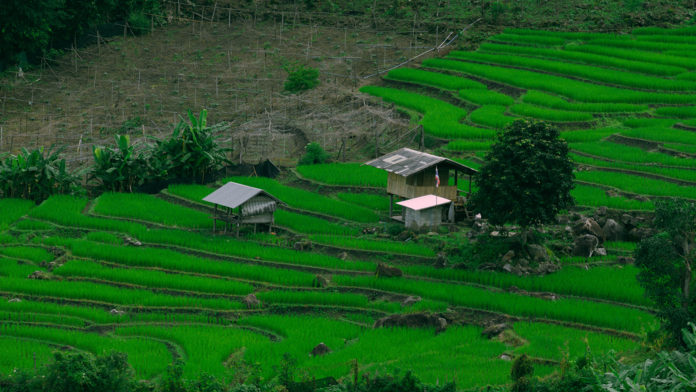India’s rice exports could account for around 45 per cent of worldwide exports, or 22 million tonnes, as it continues to ship record amounts to Asia, the Middle East, the U.S., the U.K. and Africa. The total amount would be more than that of the next three largest rice exporters combined.
Nitin Gupta, vice president of Olam India’s rice business, was quoted as saying, “Along with traditional buyers, this year China, Vietnam and Bangladesh are also making purchases from India.”
The rise in India’s rice exporting prowess comes as exports grew 49 per cent in 2020 from the year before to 14.7 million tonnes.
India has managed this increase by ensuring prices remain lower than those offered by other exporting countries.
As well, one bottle neck, weak infrastructure at India’s main rice port, was resolved by allowing rice exporters to use the deepwater port at Kakinada.
B.V. Krishna Rao, president of the Rice Exporters Association of India, was quoted as saying, “Vessel waiting period has gone down after the deepwater port started handling rice. Demand that could have shifted to other countries remained with us.”
China’s Evergrande facing tremendous pressure
As it struggles to pay interest due on its bonds, Evergrande, the long-suffering Chinese property developer, warned that it is facing ‘tremendous pressure’ on its cash flow.
The company’s share price has tumbled more than 80 per cent in the last year as investors have become spooked by the amount of debt it has taken on.
Yet the likelihood of a Lehman style global collapse has largely been taken off the table.
Abdul Abiad, director of the macroeconomic research division at the Asian Development Bank, was quoted as saying, “Banking system’s capital buffers are strong enough to absorb a shock even of Evergrande’s size, should it materialise,” adding, “It warrants careful monitoring because housing is an important component of the Chinese economy… housing makes up a substantial portion of household wealth so obviously if the property sector is impacted that could have knock-on effects for the broader Chinese economy.”
The giant company, which is in debt to the tune of more than US$300 billion, employs around 200,000 people. However, it may be indirectly responsible for as many as 3.8 million jobs in the sectors it operates in.
‘Green’ Indonesia still reliant on coal
Whilst Indonesia has been winning admiration for its rollout of EV vehicle roadmaps and other environmentally friendly schemes, it seems that the country is unlikely to stop using coal, at least for a while.
Sure, Indonesia, which ranks 8th in the world for carbon emissions and is the world’s largest exporter of coal, is making some small steps, but many might argue that it is too little, too late.
For example, it plans to cease the commissioning of new coal fired power plants and to end coal fired electricity production by 2056. It has also pulled forward its pledge to become carbon neutral from 2070 to 2060.
Yet, it is the huge coal mining industry that is at stake. The sector provided more than $38 billion in export earnings from January to July 2021 alone.
Dadan Kusdiana, the energy ministry’s head of renewable energy, was quoted as saying, “We are phasing out coal power plants. But if you ask whether we’re closing down mines, we have the coal and there are other utilisation options.”
Indonesia has some 39 billion tonnes of coal reserves, and other uses for it are being mulled. For example, the government has been trying to persuade the coal industry to produce dimethyl ether (DME) from coal, (a potential replacement for imported liquid petroleum gas), and to use carbon capture and storage (CCS) technology.











